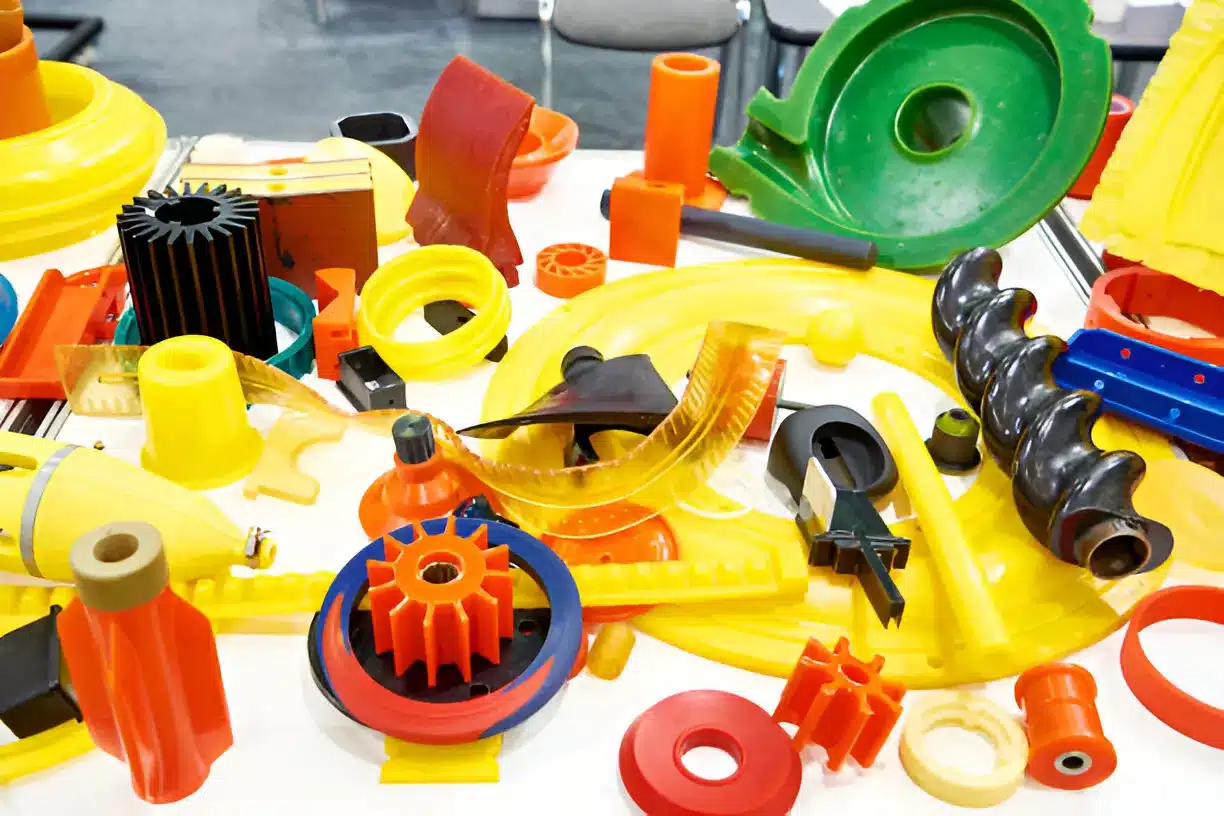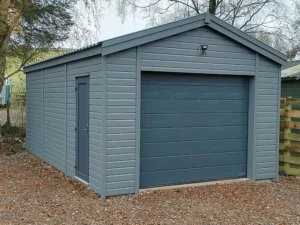Creating reliable components requires more than high-quality materials. It also requires manufacturing processes that boost performance and streamline production. At the same time, these processes must preserve durability and design accuracy to meet modern standards.
One such method that continues to deliver results across industries is rubber overmolding. This technique bonds rubber to a rigid substrate to produce a single, integrated part. The overmolding technique simplifies part construction, improving structural and tactile properties in countless applications.
What Is Rubber Overmolding?
Rubber overmolding involves molding a layer of rubber over a pre-formed base material, typically metal or plastic. The two components become permanently bonded, resulting in a durable part that uses the core material’s strength and rubber’s functional properties. This is particularly valuable in settings requiring vibration resistance, sealing, grip, or insulation.
This process allows manufacturers to reduce part count, eliminate assembly steps, and increase design versatility. Since rubber can be molded into complex shapes and detailed contours, it’s ideal for components that require precision and ergonomic features. It also reduces the need for secondary processes like gluing or mechanical fastening, which can be time-consuming or prone to failure over time.
Improving Design with Integrated Materials
Combining rubber with a solid substrate opens up new possibilities for design engineers. Components requiring multiple parts can now be created as an overmolded piece, reducing complexity and improving reliability. Rubber also helps dampen vibrations and absorb shock, making overmolded parts especially beneficial in handheld tools, automotive components, and sensitive electronics.
Rubber finishes create a more polished appearance and enhance the product’s tactile feel. For consumer products, this often translates to better grip and comfort. In technical equipment, it enhances the functionality of gaskets, seals, and mounts. With the added advantage of chemical and thermal resistance, the rubber becomes more than just a surface layer. It becomes an essential part of the product’s core design.
High-Impact Applications
The flexibility of this method makes it suitable for a wide range of industries. It can be tailored to meet specific performance needs, from precision applications to rugged industrial components. Common applications include:
- Medical devices that require soft-touch handling or fluid-tight seals
- Automotive components such as bushings, mounts, and vibration isolators
- Aerospace parts exposed to extreme conditions or constant movement
- Consumer electronics with integrated protective coverings or grips
Its ability to enhance form and function has maderubber a go-to solution where reliability and usability are top priorities.
Durability and Performance in Harsh Conditions
This technique benefits products that face mechanical stress, temperature fluctuations, or exposure to harsh environments significantly. Because the rubber is molded directly onto the substrate, the bond is strong and long-lasting. The risk of peeling, warping, or detachment, which are common adhesive issues, is greatly reduced.
Engineers favor this method for components that must maintain structural integrity under repeated use. The molded rubber maintains a tight, consistent barrier in sealing systems that prevent leaks. In vibration-prone environments, it reduces wear and tear while extending the product’s life. Its resilience under pressure makes it particularly effective for critical parts used in transportation, machinery, and heavy-duty tools.
Manufacturing Precision and Quality Assurance
Achieving high-quality overmolded parts relies on meticulous process control and must comply with ASTM D429 standards. Material selection, surface preparation, and mold design must all align to create a bond that withstands real-world use. Every element, from curing temperatures to injection pressures, must be finely tuned to avoid voids, weak spots, or inconsistent finishes. To ensure reliability, manufacturers implement strict quality assurance protocols that often include:
- Adhesion and bond strength testing
- Dimensional accuracy verification
- Resistance evaluations for heat, chemicals, or abrasion
Advanced tooling enables accurate tolerances and consistent results throughout all production stages. This ensures that every part meets exact specifications from prototype to final run. As a result, overmolded components perform reliably.
Efficient Service and On-Time Delivery
Successful overmolding projects rely on technical precision, reliable service, and timely delivery. Manufacturers with these capabilities can guide clients through every stage of the process. From initial design to final production, consistent support ensures efficiency and quality. This support may include:
- Design consultation to evaluate part feasibility and material compatibility
- Prototype development to test form, fit, and function
- Flexible production scaling based on project volume and timeline
Fast tooling turnaround shortens the time between design and production. Reliable logistics ensure components arrive when needed. These factors help clients stay on schedule with product launches and manufacturing targets.
This support is especially valuable in industries with strict compliance or tight deadlines. It minimizes delays and reduces the risk of costly setbacks. An experienced, responsive partner helps maintain both quality and delivery speed.
Modern product design requires materials and processes that deliver both performance and efficiency. By uniting structural strength with functional versatility, rubber overmolding creates more durable, reliable, and user-friendly components. This method supports advanced manufacturing by producing longer-lasting, more efficient components that align with the practical demands of modern industries.
Read more: Top Benefits of Using Natural Gas Generators for Industrial Applications
How to Help Employees Maximize Their Retirement Contributions
Designed for Change: The Rise of Agile, Adaptive Teams










